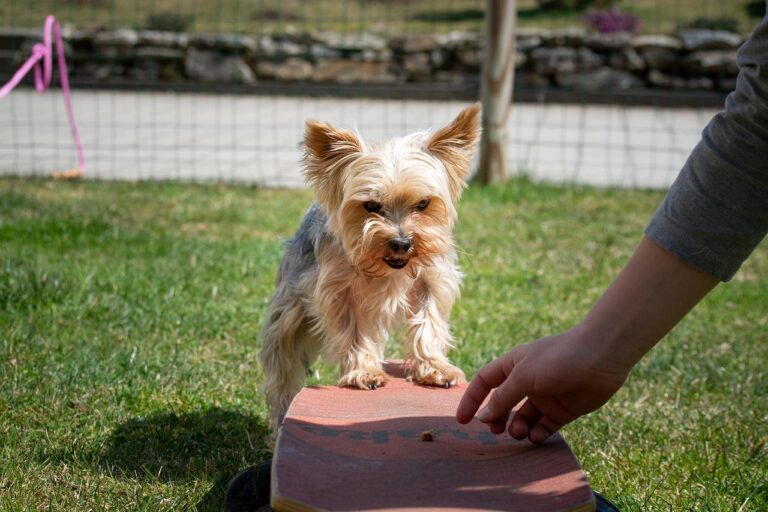15 Ways to Prepare for Your Dog’s First Mating Experience
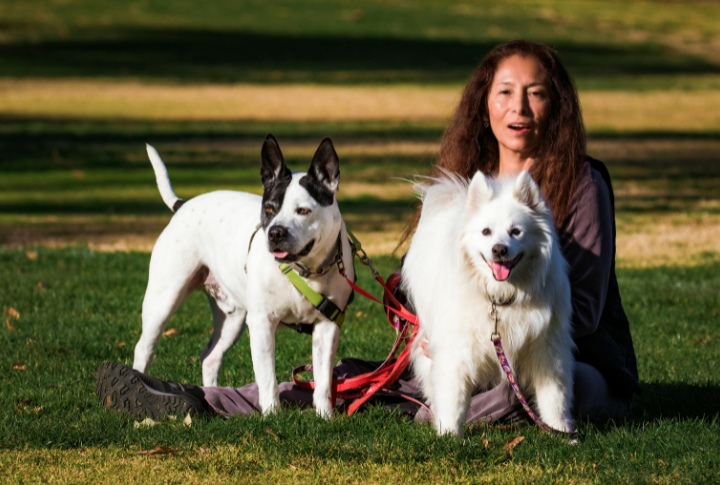
Your dog’s first mating experience is a significant milestone, and being well-prepared can make the process smoother for both of you. While the idea might seem daunting, with the proper steps, you can ensure everything goes off without a hitch. Below are 15 essential steps to guide you through this process.
Understand the Signs of Readiness
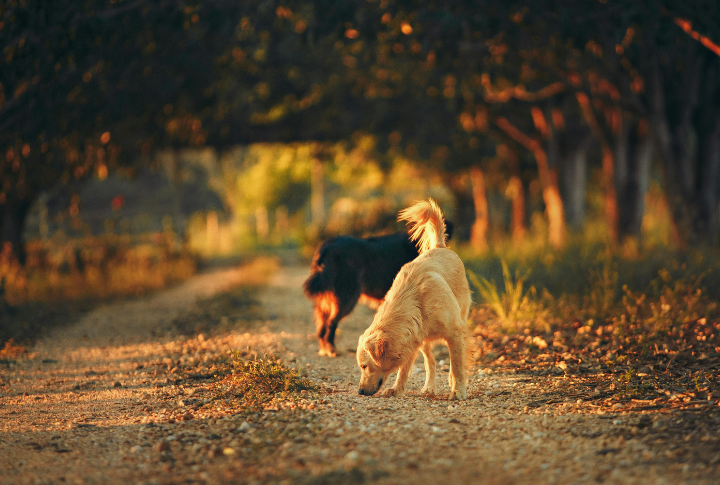
Before starting the mating process, you must recognize when your dog is ready. Female dogs typically enter their first heat between 6 and 12 months, but the optimal breeding time is usually after the second or third cycle. Look out for physical and behavioral changes, such as increased urination, a swollen vulva, and flirtatious behavior toward male dogs.
Schedule a Pre-Breeding Vet Checkup
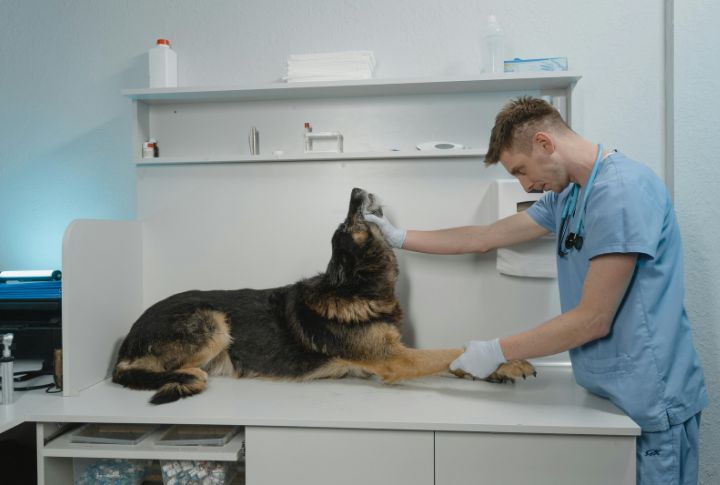
A pre-breeding vet visit is non-negotiable. Your vet will check for underlying health conditions, update vaccinations, and screen for genetic issues that could affect the litter. This checkup also allows discussing the breeding process and getting professional advice tailored to your dog’s needs.
Choose the Right Mate
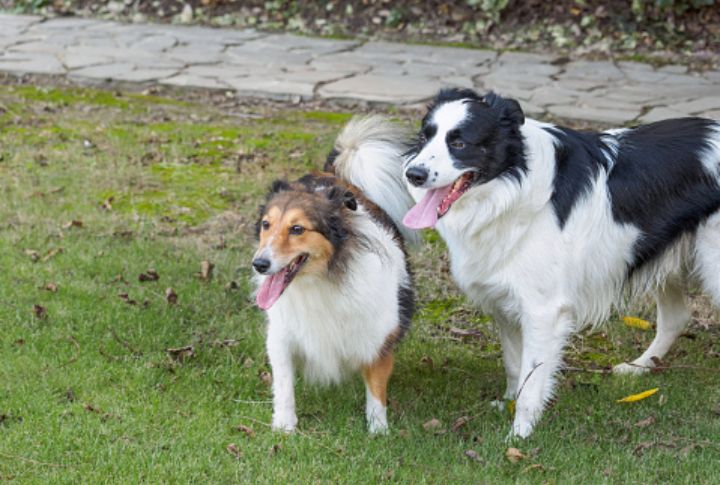
Selecting the suitable mate for your dog is about more than just compatibility; it’s also about ensuring a healthy litter. Look for a mate with a good temperament, strong genetics, and a clean health record. Consider the physical and behavioral traits you’d like to see in the puppies, and consult with breeders or your vet if you’re unsure.
Plan the Mating Location
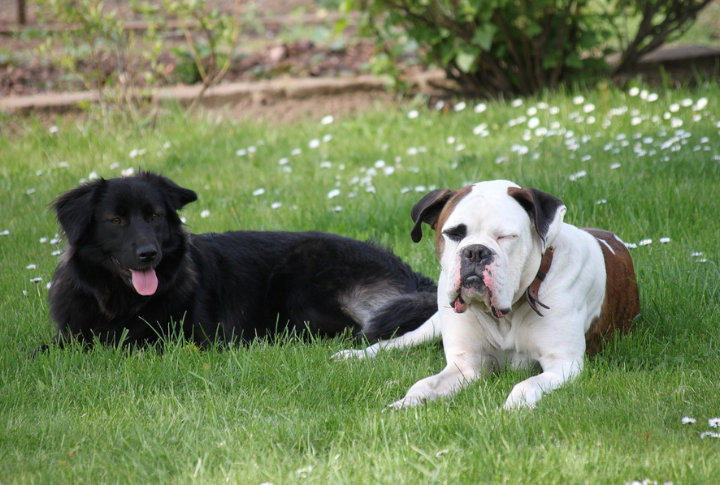
The environment has a major role in a successful mating experience. Choose a quiet, familiar location where both dogs feel comfortable and relaxed. Avoid overly crowded or noisy areas that could distract or stress the dogs. A calm setting allows the dogs to focus on the task, increasing the likelihood of successful mating.
Introduce the Dogs
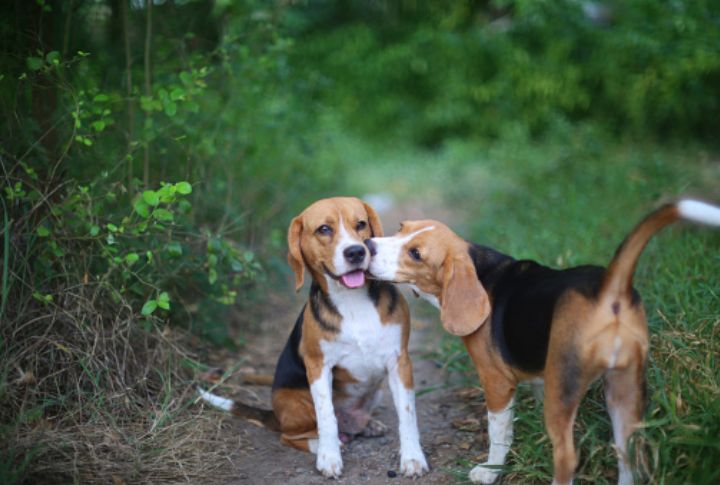
First impressions matter, even in the canine world. Let the dogs meet and bond in a neutral, stress-free environment before mating. This introduction period helps them get comfortable with each other and reduces the chances of aggression or anxiety. If possible, arrange a few playdates before the planned copulation to build familiarity.
Monitor the Mating Process
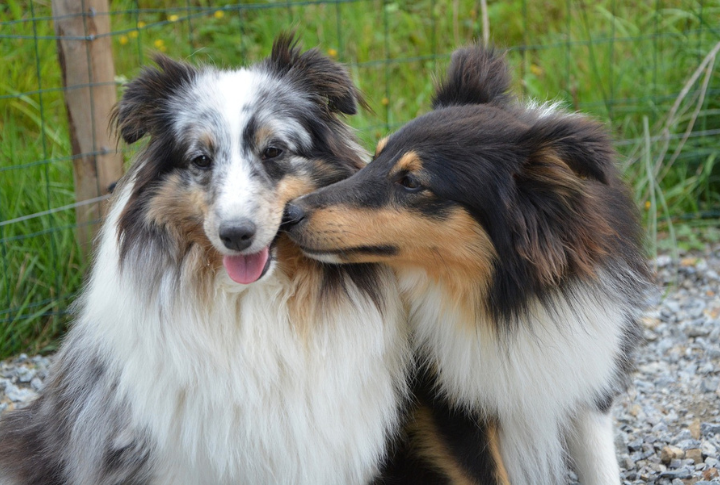
Supervising the breeding process is essential to ensure everything goes smoothly. Keep a close eye on both dogs, but avoid intervening unless necessary. Most dogs will handle the process naturally, but your presence can reassure and prevent potential issues.
Understand the Tie
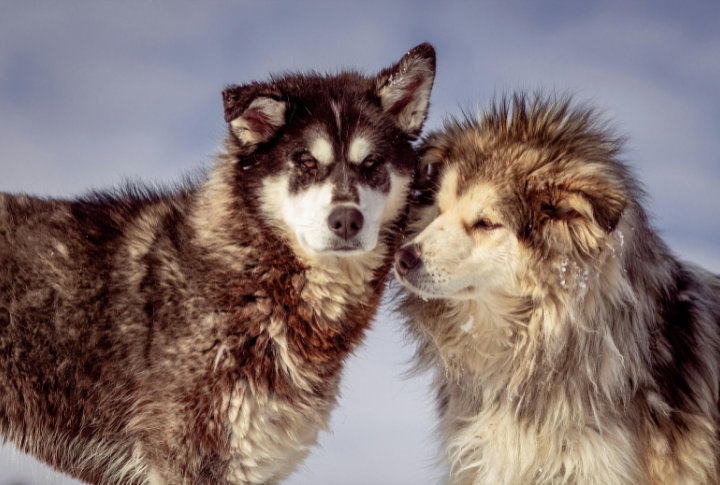
The “tie” is a natural part of the mating process where the male and female dogs are physically locked together. This can last anywhere from a few minutes to over half an hour. It’s important not to panic or try to separate them, as this could cause injury.
Be Prepared for Multiple Attempts
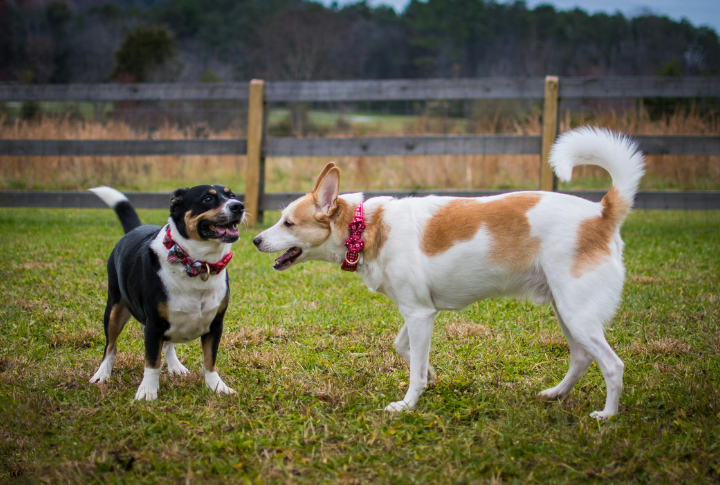
Sometimes, dogs may not successfully mate on the first attempt, and that’s okay. Be prepared for multiple tries, especially if it’s their first time. Patience is vital, as forcing the process can lead to stress and aggression. Allow the dogs to interact naturally, and if needed, separate them and try again later.
Provide Post-Mating Care

After mating, your dog will need some extra care and attention. Ensure she has a comfortable space to rest, with plenty of water and her favorite treats nearby. Monitor her behavior and health closely over the next few days for signs of stress or discomfort.
Consider Artificial Insemination
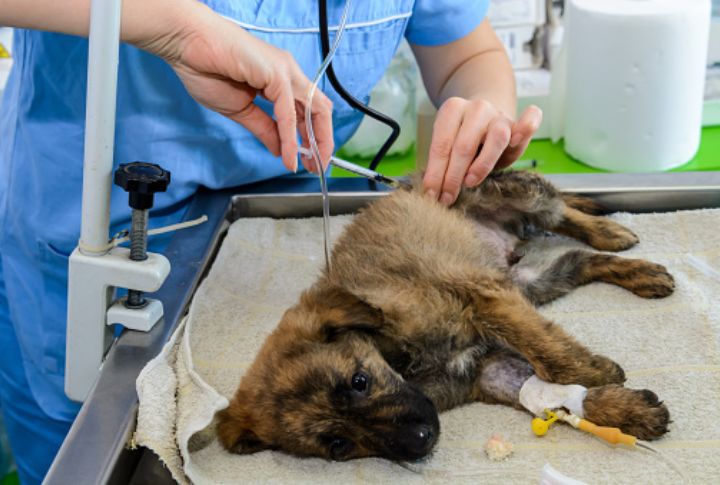
If natural mating isn’t an option due to distance, temperament, or other factors, artificial insemination is a viable alternative. This method involves collecting sperm from the male and manually inseminating the female at the optimal time. Note that a professional should do this to ensure the best chances of success.
Prepare for Possible Complications
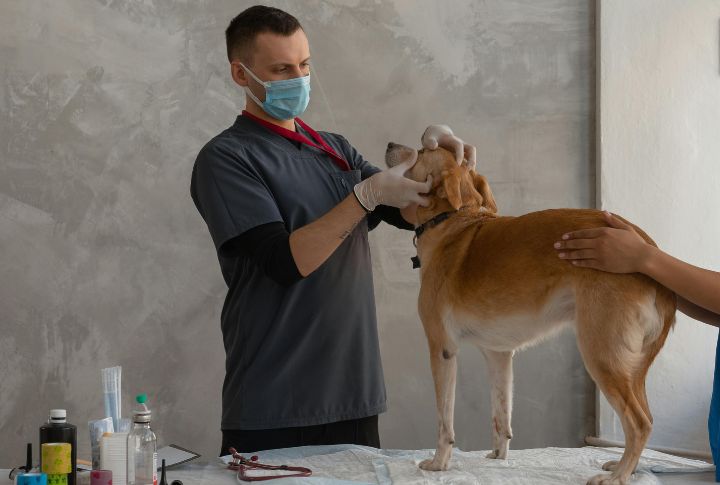
Although most breeding goes smoothly, be prepared for possible complications. Difficulty connecting or aggressive behavior can arise, especially in inexperienced dogs. Knowing when to seek professional help, such as from a vet or a breeding expert, can prevent problems from escalating.
Monitor for Signs of Pregnancy

After the mating process, watch your dog for signs of pregnancy. These include decreased appetite, a more affectionate demeanor, and physical changes like a swollen abdomen. Early detection allows you to provide the necessary care and prepare for the upcoming arrival of puppies.
Plan for Pregnancy Care
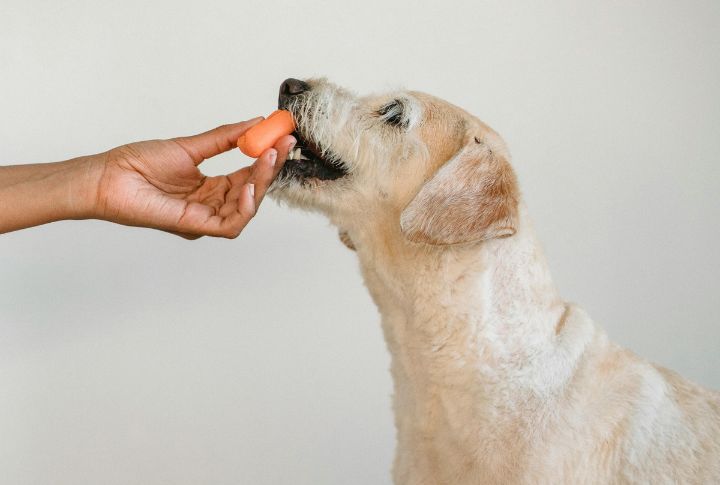
Once copulation is successful, it’s time to focus on pregnancy care. Regular vet checkups, a balanced diet, and a stress-free environment are critical to a healthy pregnancy. Your vet can guide you on nutritional supplements and exercise routines to support your dog throughout pregnancy.
Understand the Costs Involved

Breeding is not just about the joys of puppies; it also involves financial considerations. From vet checkups and prenatal care to potential complications and the cost of raising a litter, the expenses can add up quickly. Be financially prepared to cover all the costs associated with breeding, including unexpected ones.
Educate Yourself on Whelping
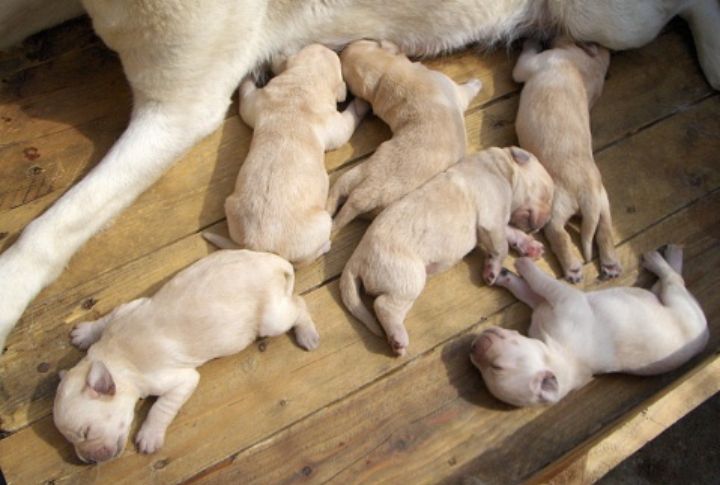
Whelping, or giving birth, requires careful planning and knowledge. Educate yourself on the signs of labor, how to assist your dog, and what to expect during delivery. For a smoother process, have a whelping kit ready with essential supplies like towels, scissors, and a heat source.

